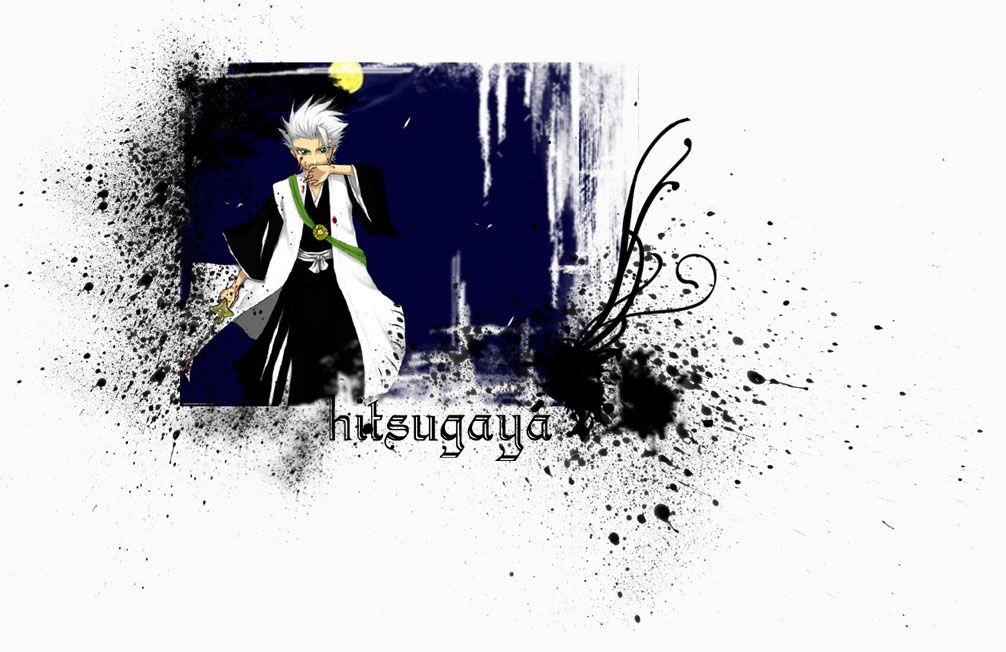Thursday, September 07, 2006
For those of you who did not pay attention during QA practical lessons and would like to have a try at the experiments again, here is yr chance. Want to introduce a website to u pple.http://neon.chem.ox.ac.uk/vrchemistry/LiveChem/transitionmetals_content.html
The following reactions are more relevant to yr syllabus. You need to know how to account for the observations. Refer to yr QA notes if u r in doubt.
1) chromate(VI) + dilute hydrochloric acid [conversion of chromate(VI) to dichromate(VI) - not a redox reaction]
2) dichromate(VI) + sodium hydroxide [conversion of dichromate(VI) to chromate(VI)]
3) iron(II) + sodium hydroxide [formation of green ppt - iron(II) hydroxide]
4) iron(II) + dilute & concentrated ammonia [formation of green ppt - iron(II) hydroxide]
5) iron(III) + sodium hydroxide [formation of brown ppt - iron(III) hydroxide]
6) iron(III) + dilute & concentrated ammonia [formation of brown ppt - iron(III) hydroxide]
7) iron(III) + potassium thiocyanate [special test for iron(III) ions - forming blood red complex]
8) copper(II) + sodium hydroxide [formation of blue ppt - copper(II) hydroxide]
9) copper(II) + dilute & concentrated ammonia [formation of blue ppt, followed by soluble tetraamminecopper(II) complex which is deep blue in colour]
10) copper(II) + edta [complex formation - note that as edta^4- is a hexadentate ligand]
11) copper(II) + concentrated hydrochloric acid [note that the solution turns green becos of the presence of the blue hexaaquacopper(II) complex and the yellow tetrachlorocuprate(II) complex]
12) zinc(II) + sodium hydroxide [formation of white ppt - zinc hydroxide]
13) zinc(II) + dilute & concentrted ammonia [formation of white ppt, followed by soluble tetraamminezinc(II) complex]
Feel free to try out other reactions. Particularly safe for "laboratory terrorists" and "lords of destruction" - u noe who u r. Have fun.
[6:07 pm] chicky
Wednesday, September 06, 2006
An alloy is a mixture (not a compound) of two or more metallic elements (sometimes carbon is also used). Some common alloys u need to know are brass, bronze, steel and stainless steel.Brass (60 - 80% Cu; 20 - 40% Zn)Use for making moving parts of clocks and watches, nuts, bolts, rod tubes, musical instruments and ornaments.Bronze (90 - 95% Cu; 5 - 10% Sn)Use for making coins, medals and sculptures.Steel (98 - 99.5% Fe; 0.15 - 1.5% C)Construction of bridges, ships, cars and machinery.Note: steel cannot be used as a anode for electrolysis of brine because the iron reacts readily with the chlorine produced, forming iron(III) chloride.Stainless steel (90 - 95% Fe; 5 - 10% Cr, Ni)Use for making cutlery, tools and surgical instruments.
[8:23 am] chicky
Tuesday, September 05, 2006
The electrolysis of brine (concentrated NaCl) yields the following products.
Cathode: Reduction of water takes place, producing hydrogen gas and sodium hydroxide.
Hydrogen gas is used in the making of ammonia (Haber Process), for the hydrogenation of fats and oil (manufacturing of margarine) and in metal welding using an oxy-hydrogen flame (2000 degree celsius).
Sodium hydroxide is used in making of soap (via saponification) and detergent, used in refining aluminium oxide and for manufacturing pulp, paper and textile (rayon - artificial silk).
Anode: Oxidation of chloride (due to its high concentration), producing chlorine gas.
Chlorine gas is used as a germicide (sterilisation of water), bleaching agent (for cotton, linen & wood pulp), making polyvinylchloride (PVC used in water pipes NOT NON-STICK PANS *faint*).
Btw, the polymer for making non-stick cookware is poly(tetrafluoroethene), PTFE a.k.a. Teflon.
[9:10 am] chicky
A big thank you for your Teachers' Day gifts and dedications. Really hope that all of you will give your best for this last lap. Can see that pple in S08 are working hard (and working me real hard too). Gambatte! All the best for your prelims! :)

